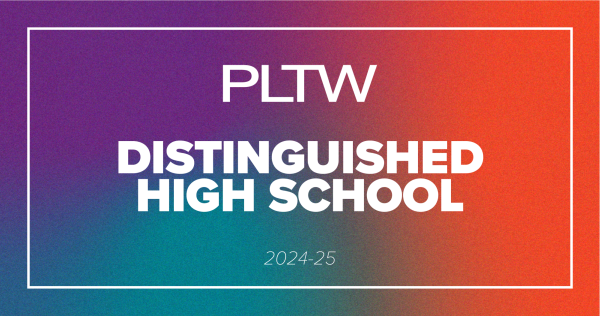How a COVID-19 vaccine will work and be deployed
As of Nov. 24, 2020, large-scale clinical trials are in progress for five COVID-19 vaccines in the United States. They include AstraZeneca’s COVID-19 vaccine (up to 90% effective), Janssen’s COVID-19 vaccine, Moderna’s COVID-19 (94.5% effective), Novavax’s vaccine and Pfizer’s COVID-19 vaccine (94% effective). The COVID-19 vaccines are designed to help people’s bodies develop an immunity to the virus before they actually contract it. Different types of vaccines work in many different ways to offer protection against the virus, but with all types of vaccines, the body is left with a supply of T-lymphocytes and B-lymphocytes that will remember how to fight the virus in the future. All but one of the COVID-19 vaccines that are currently in phase three use two shots. The first shot starts to build protection, and the second shot that comes a few weeks later is needed to get the most protection the vaccine has to offer. All of these vaccines will need to get the approval of the CDC before they are able to be handed out. Prior to the CDC approval, Moderna’s vaccine got conditional approval by FDA for emergency circumstances.
There are currently three main types of COVID-19 vaccines. Below is a description of how each type of vaccine evokes human bodies to recognize and protect themselves from the virus that causes COVID-19.
Types of Vaccines
mRNA vaccines is a type of vaccine that uses a man-made copy of a natural chemical called messenger RNA to produce an immune response. The vaccine transfers molecules of synthetic RNA into human cells.
Vector vaccines contain a weakened version of a live virus. The genetic material inside cells gives the body instructions to make a protein unique to the virus that causes COVID-19. This evokes the body to build T lymphocytes and B lymphocytes that will remember how to fight the virus if infected in the future.
Protein Subunit vaccines present an antigen to the immune system without viral particles by using a specific, isolated protein of the pathogen.
Looking beyond FDA’s conditional verification, the final hurdle that Pfizer and its collaborators will have to pass to ensure widespread deployment of their vaccine is getting the CDC’s verification. According to the CDC website, whether or not they approve the vaccine will heavily rely on whether the Advisory Committee on Immunization Practices (ACIP) recommends they do approve the vaccine. ACIP’s next meeting will be virtually held on Dec. 18, and they will reveal the recently FDA-approved Pfizer vaccine. In terms of who will receive the vaccine once supply is ready, according to the CDC site, the first recipients will be:
Healthcare personnel
Workers in essential and critical industries
People at high risk for severe COVID-19 illness due to underlying medical conditions
People 65 years and older
While this is what the CDC recommends, the specifics of who will first receive the vaccine will be decided by each individual state (for information on Illinois’ plan, view this article on The Echo.) According to the CDC on how much supply there will likely be of a vaccine, “there may not be enough doses available for all adults. Supplies will increase over time, and all adults should be able to get vaccinated later in 2021. However, a COVID-19 vaccine may not be available for young children until more studies are completed.”
For more information on the approval and distribution of a COVID-19 vaccine visit the CDC website here.
Your donation will support the student journalists of Neuqua Valley High School. Your contribution will allow us to print our next newspaper edition as well as help us purchase equipment and cover our annual website hosting costs.





